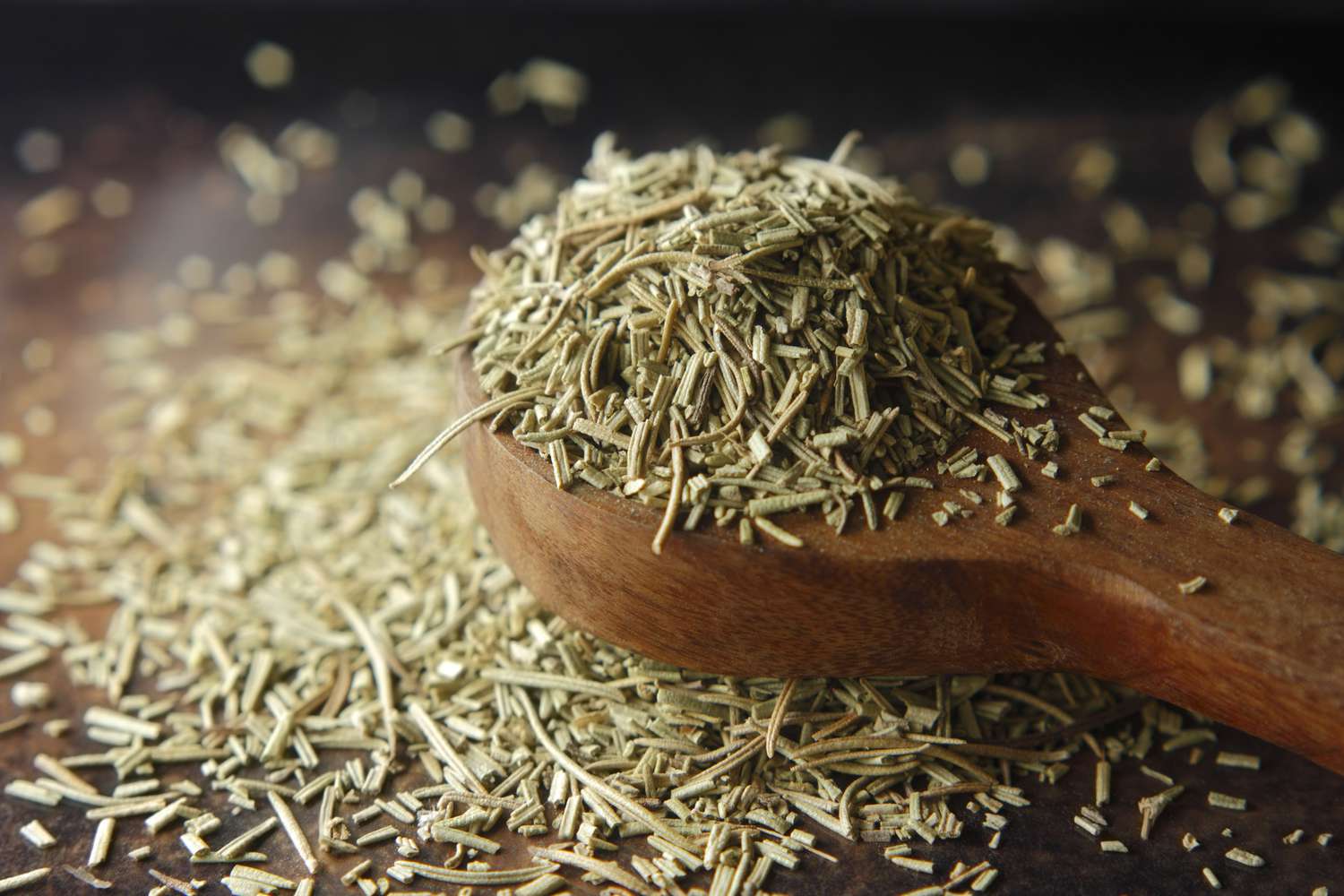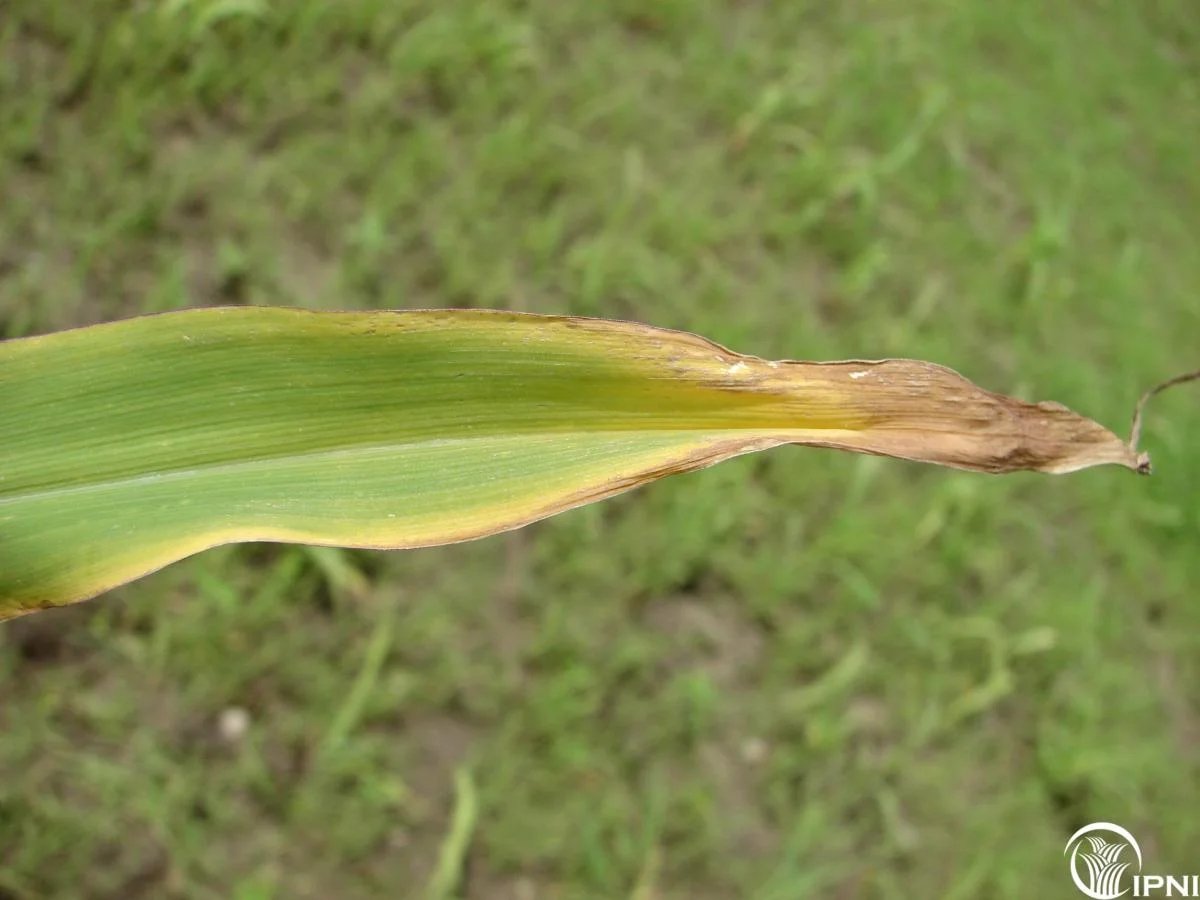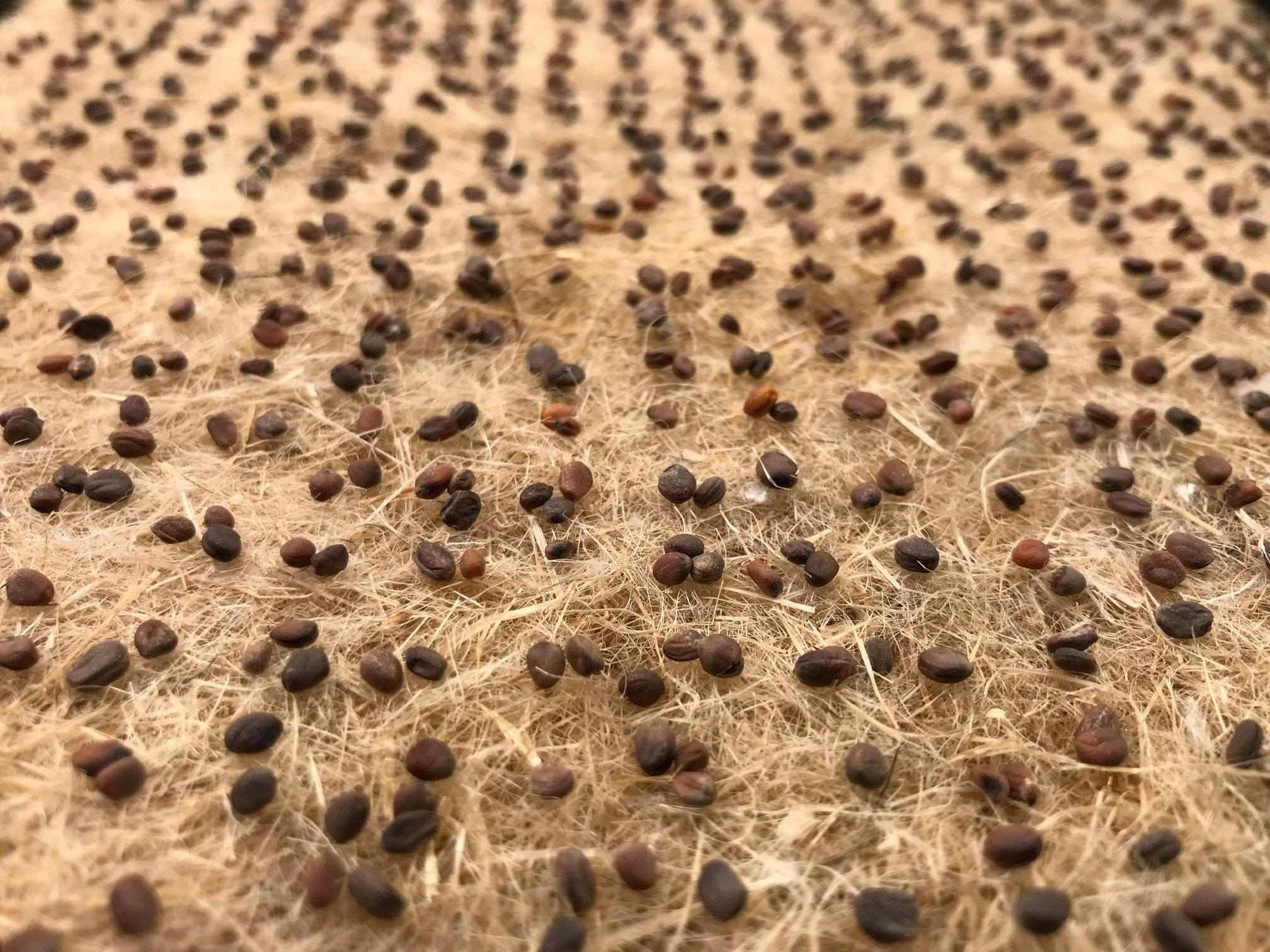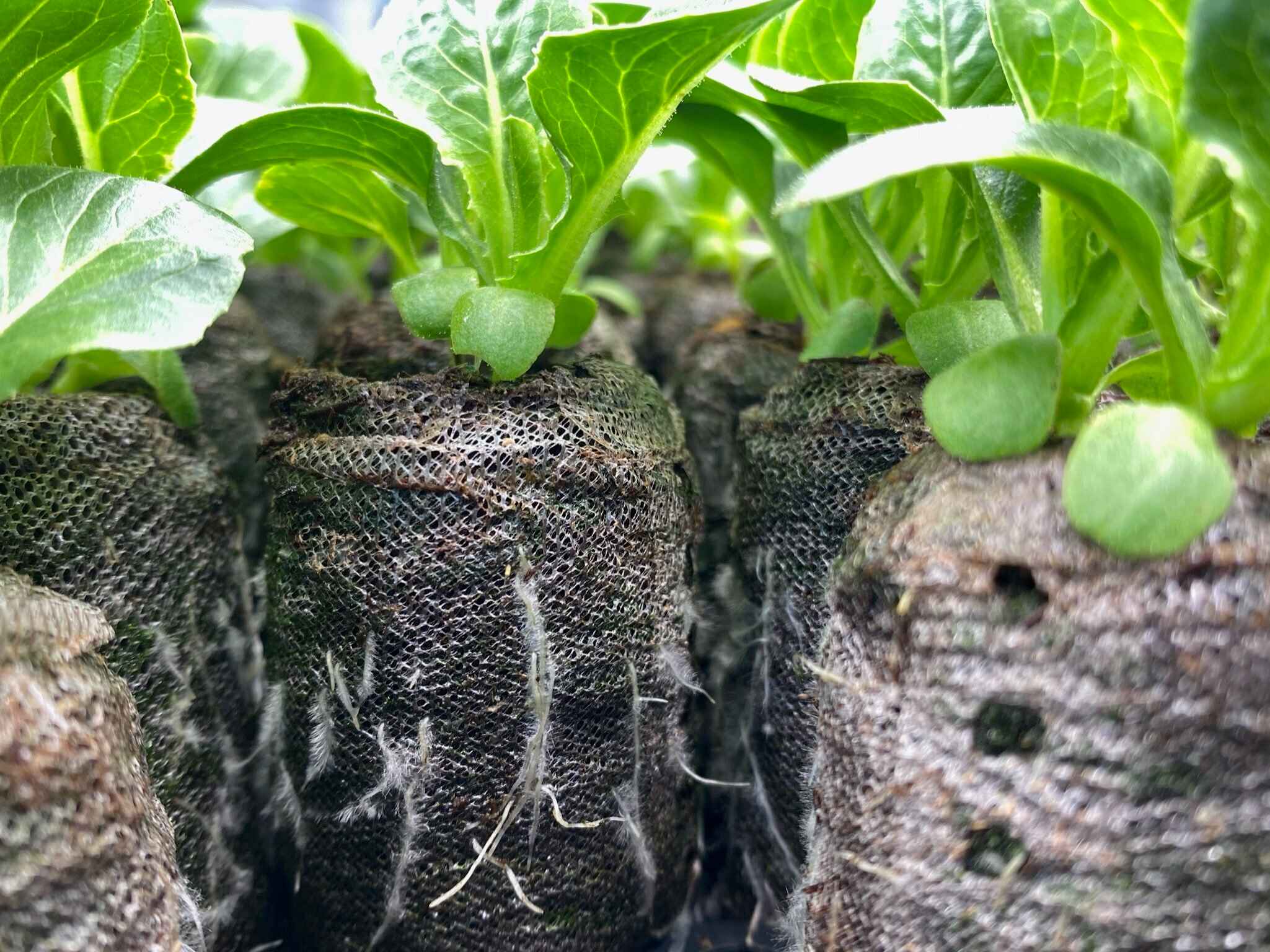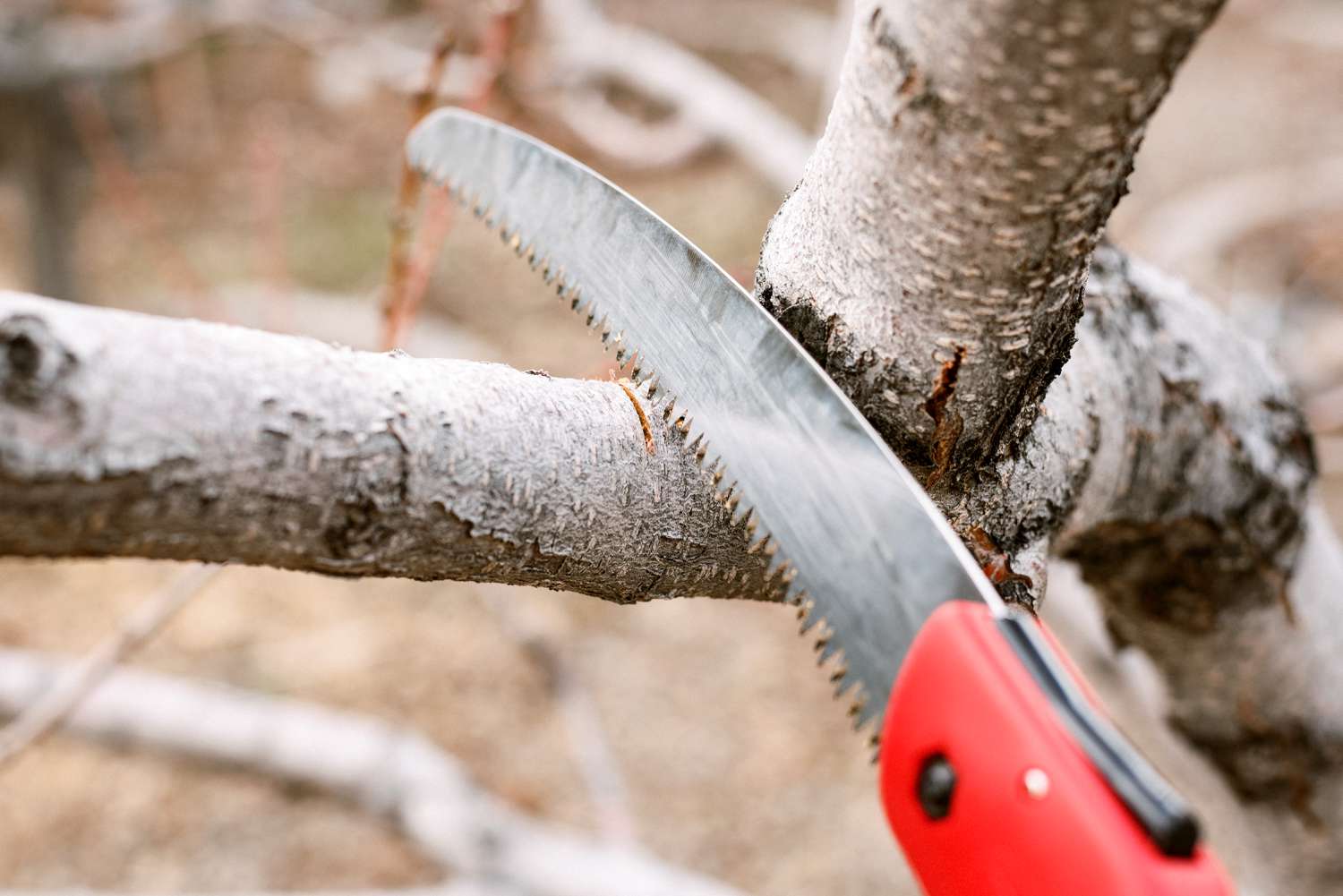Home>Gardening News and Trends>Latest News>What Bitter Herbs Are Used At Passover
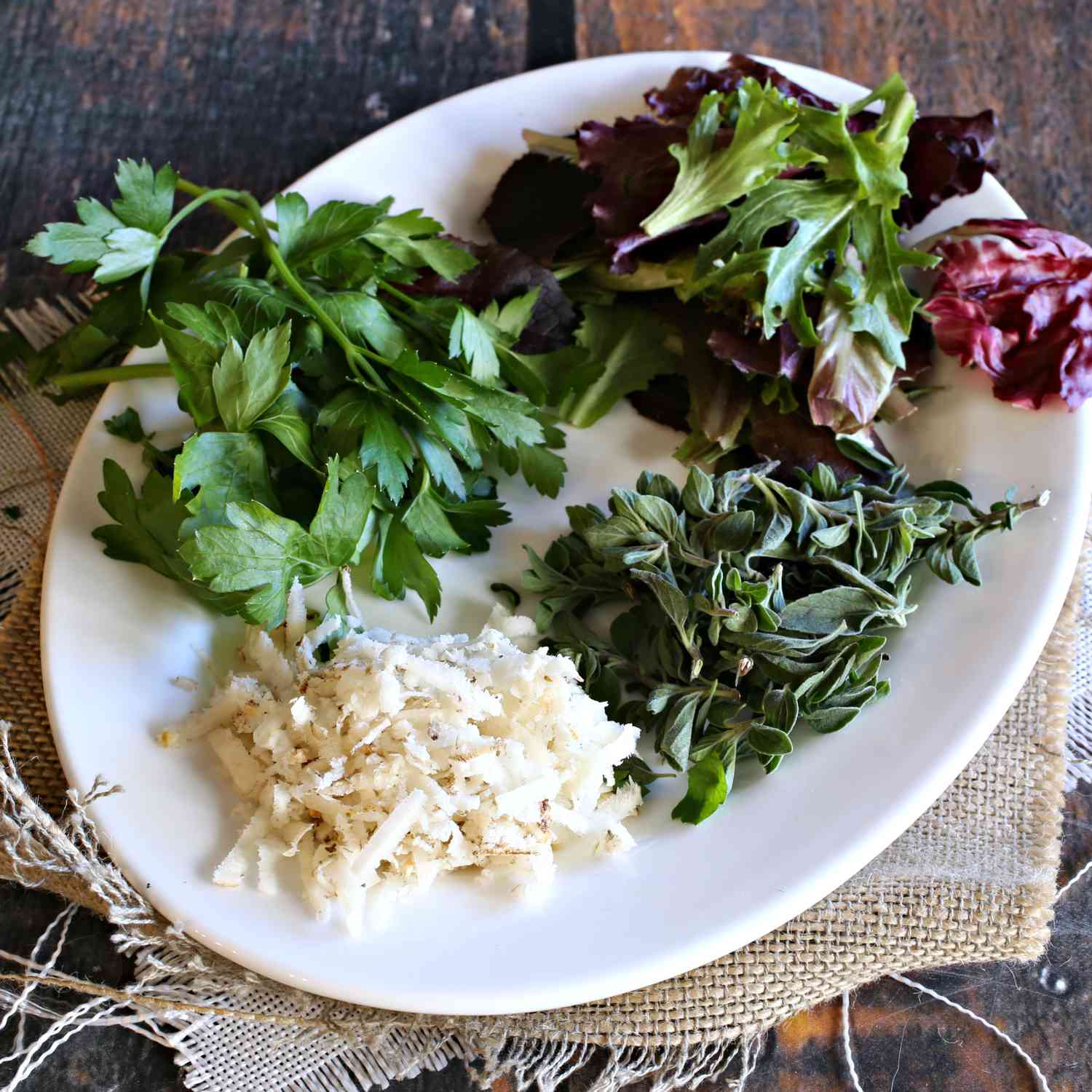

Latest News
What Bitter Herbs Are Used At Passover
Modified: January 22, 2024
Discover the latest news on the bitter herbs used at Passover. Learn about the significance and traditions surrounding these herbs for the holiday celebration.
(Many of the links in this article redirect to a specific reviewed product. Your purchase of these products through affiliate links helps to generate commission for Chicagolandgardening.com, at no extra cost. Learn more)
Table of Contents
Introduction
Passover, also known as Pesach, is a significant Jewish holiday commemorating the liberation of the Israelites from slavery in ancient Egypt. It is a time of reflection, remembrance, and celebration. One of the key traditions observed during the Passover Seder is the consumption of bitter herbs.
The bitter herbs hold a deep symbolic meaning, reminding those who partake in the Seder of the bitterness and hardships endured by the Israelites during their time in slavery. These bitter herbs are an essential element of the Passover meal, representing the bitterness of slavery and the urgency of liberation.
There are several types of bitter herbs that are traditionally used in the Passover Seder. Each herb has a unique flavor and significance, adding depth and richness to the Passover experience.
In this article, we will explore the different types of bitter herbs used at Passover, shedding light on their symbolism and the role they play in the Seder ritual. By delving into the significance of these bitter herbs, we can gain a deeper understanding of the traditions and customs associated with Passover.
The Significance of Bitter Herbs in Passover
The use of bitter herbs in the Passover Seder serves as a poignant reminder of the bitterness and suffering experienced by the Israelites during their time in slavery. These herbs symbolize the harsh conditions and oppressive circumstances that the Israelites endured, emphasizing the urgency and necessity of liberation.
By incorporating bitter herbs into the Passover meal, the Seder becomes a sensory experience that awakens the senses and engages participants in a deeper level of reflection. Eating the bitter herbs triggers a physical reaction that mirrors the hardships faced by our ancestors, creating a connection to their struggle and a sense of empathy.
Furthermore, the bitter taste of these herbs serves as a contrast to the sweetness of other elements in the Passover meal, such as the matzah and charoset. This dichotomy symbolically represents the journey from bitterness to sweetness, from slavery to freedom.
Moreover, the consumption of bitter herbs also serves as a reminder of the importance of gratitude and appreciation for the freedom we enjoy today. By tasting bitterness, we can better appreciate the sweetness of our liberation and the opportunities that freedom provides.
The bitter herbs also serve as a catalyst for discussions and storytelling during the Seder. As participants taste the bitterness, it opens the door for sharing stories of oppression, the struggles of our ancestors, and the importance of fighting against injustice in the world.
Ultimately, the use of bitter herbs in Passover is a powerful symbol of remembrance, resilience, and the collective journey from hardship to freedom. It invites all participants to connect with the past, honor the struggles of our ancestors, and reaffirm our commitment to the pursuit of justice and liberation in our own lives.
Types of Bitter Herbs Used at Passover
There are several types of bitter herbs that are traditionally used during the Passover Seder. Each herb holds its own significance and adds a unique flavor profile to the meal. Let’s explore some of the most common bitter herbs used at Passover:
- Maror: Maror is typically made from horseradish, and its sharp, pungent flavor represents the harshness of the Israelites’ enslavement in Egypt. Maror is often eaten as a symbolic reminder of the bitterness and suffering endured during that time. The sharpness of the horseradish also symbolizes the quickness with which the Israelites were freed from slavery.
- Chazeret: Chazeret is another bitter herb that is often used alongside maror during the Passover Seder. It is commonly associated with lettuce or endive and has a distinct bitter taste. Chazeret serves as a reminder of the bitterness of the Israelites’ slavery and is often used to fulfill the biblical commandment of eating bitter herbs during Passover.
- Charoset: While not traditionally considered a bitter herb, charoset is an essential component of the Passover Seder. This mixture of diced apples, nuts, spices, and sweet wine represents the mortar used by the Israelites when they were enslaved in Egypt. Although charoset is sweet and flavorful, it serves as a symbolic contrast to the bitter herbs, reminding us of both the suffering and the sweetness found in the story of Passover.
- Korah: Korah, or coriander, is sometimes included as a bitter herb during Passover. It has a unique flavor that adds depth to the Seder experience. While not as commonly used as maror or chazeret, korah holds significance as a reminder of the hardships endured during the Israelites’ time in bondage.
- Karpas: Karpas is not a bitter herb, but it is a key element of the Passover Seder. It typically consists of parsley or another leafy green vegetable. While karpas itself is not bitter, it is dipped into saltwater, symbolizing both the tears shed by the Israelites in slavery and the hope for a better future.
These bitter herbs play a crucial role in the Passover Seder, allowing participants to engage with the story of the Israelites and connect with their journey from bitterness to freedom. They serve as tangible reminders of the hardships endured, the need for gratitude, and the ongoing struggle for justice and liberation.
Maror
Maror is one of the primary bitter herbs used during the Passover Seder. It is traditionally made from horseradish, a root vegetable known for its strong and pungent flavor. The sharpness of maror symbolizes the bitterness and harshness of the Israelites’ enslavement in Egypt.
The name “maror” itself is derived from the Hebrew word for bitterness, further emphasizing its significance in the Passover story. Eating maror during the Seder serves as a powerful reminder of the hardships endured by the Israelites and the urgency of liberation.
There are several ways in which maror is consumed during the Seder ritual. It is often grated or finely chopped and then placed on a Matzah, a traditional unleavened bread, along with charoset. This combination of maror and charoset symbolizes the mortar used by the Israelites when they were enslaved.
When consuming maror, participants are encouraged to taste its bitterness fully. Some choose to take a small amount of maror and place it directly on their tongues, allowing the intense flavor to linger, while others mix it with other elements of the Seder plate before eating it.
Beyond its symbolic meaning, the sharp and pungent taste of maror also serves as a reflection of the speedy nature of the Israelites’ liberation. Just as the horseradish causes a quick and powerful reaction in the mouth, so too did the Israelites’ freedom come swiftly after enduring years of bondage.
In many traditional Jewish homes, families prepare maror by grinding or grating fresh horseradish root shortly before the Passover Seder. This preparation allows for the most potent and authentic bitter taste. However, for those who find the flavor too intense, pre-packaged horseradish or prepared maror can also be used.
Overall, maror stands as a tangible reminder of the bitterness of slavery and the determination to break free from oppression. It serves as a powerful symbol of the strength and resilience of the Israelites and their ultimate deliverance.
Chazeret
Chazeret is another bitter herb used during the Passover Seder, often alongside maror. The term “chazeret” refers to the bitter lettuce or endive that is traditionally used as this herb. While maror represents the main bitter element, chazeret adds an additional layer of bitterness to the Seder experience.
Chazeret serves as a reminder of the bitterness and hardships endured by the Israelites during their time in slavery in Egypt. Its inclusion in the Passover Seder fulfills the biblical commandment to eat bitter herbs on the holiday.
The bitter taste of chazeret contributes to the overall narrative of the Passover story, enhancing the understanding of the Israelites’ suffering and their journey towards freedom. Like maror, chazeret is typically eaten in combination with matzah and charoset, creating a symbolic representation of the mortar used by the Israelites when they were enslaved.
While chazeret is often associated with lettuce or endive, varieties of bitter greens can also be used as a substitute, depending on regional and personal customs. These may include chicory, dandelion greens, or even radicchio. The chosen leafy green is selected for its bitter taste, reinforcing the concept of bitterness in the Passover narrative.
Similar to maror, the consumption of chazeret during the Seder is intended to be a tangible experience. Some individuals choose to eat the chazeret on its own, while others prefer to dip it in saltwater, representing both the tears shed during slavery and the hope for a brighter future after liberation.
By incorporating chazeret into the Passover Seder, participants engage all their senses and deepen their connection to the story and significance of the holiday. The bitterness of chazeret serves as a reminder of the challenges faced by the Israelites, reinforcing the message of liberation and the importance of empathizing with those who are oppressed.
Overall, the inclusion of chazeret in the Passover Seder highlights the theme of bitterness in the story of Exodus. It adds depth and complexity to the meal, enabling participants to reflect on the significance of freedom and the ongoing pursuit of justice in the world.
Charoset
Charoset is a traditional element of the Passover Seder that, while not specifically a bitter herb, holds great significance in the overall experience. Charoset is a mixture of chopped apples, nuts, spices, and sweet wine, and its purpose is to symbolize the mortar used by the Israelites in building during their enslavement in Egypt.
Although charoset is not inherently bitter, its inclusion in the Passover Seder is intentional, serving as a contrast to the bitter herbs such as maror and chazeret. The sweetness of charoset represents the hope, joy, and sweetness that can be found even in the midst of hardship and enslavement.
The mixture of ingredients used to make charoset can vary based on different cultural and regional customs. For example, some traditions incorporate dates, figs, or spices such as cinnamon or ginger. The specific ingredients used often reflect the heritage and flavors of the Jewish community preparing the charoset.
During the Passover Seder, participants dip bitter herbs, such as maror or chazeret, into the charoset, symbolizing the contrast between the bitter experiences of slavery and the sweetness of liberation. This act serves as a reminder of the complexities of the human experience and the ability to find joy and hope even in times of adversity.
Beyond its symbolic meaning, charoset is a flavorful and cherished component of the Passover meal. Its diverse ingredients blend to create a delicious and fragrant mixture that enhances the dining experience. The texture and taste of charoset vary depending on the chosen ingredients and preparation method, adding a unique element to the Seder feast.
Through the consumption of charoset, participants are encouraged to reflect on the centuries of Jewish history, the resilience of the Jewish people, and the continuing pursuit of justice and freedom. It serves as a reminder of the collective journey from slavery to liberation and the importance of recognizing and celebrating moments of sweetness amidst the bitterness of life.
Overall, charoset adds a symbolic and flavorful dimension to the Passover Seder. It represents the mortar of slavery and the sweetness found in the pursuit of freedom. By incorporating charoset into the Seder ritual, participants are reminded of the complexities of the Jewish experience and the strength and resilience of the Jewish people throughout history.
Korah
Korah, also known as coriander, is an herb that is sometimes included as part of the bitter herbs used during the Passover Seder. While not as commonly used as maror or chazeret, korah holds its own significance in the Passover narrative.
Korah is known for its unique flavor and aroma, adding a distinct element to the Passover Seder. The inclusion of korah as a bitter herb is often based on personal or cultural traditions, adding variation to the symbolic components of the Seder plate.
Similar to other bitter herbs, korah serves as a reminder of the bitterness and hardships endured by the Israelites during their time in slavery in Egypt. Its presence on the Seder plate acknowledges the lingering effects of the Israelites’ enslavement and the need to remember and reflect on their journey to freedom.
While there is no specific guideline for how korah should be consumed during the Seder, it is often eaten along with other bitter herbs, such as maror and chazeret. This combination of bitter flavors reinforces the overall theme of bitterness and the contrast between the hardships of slavery and the sweetness of liberation.
Beyond its symbolism, korah adds a unique taste and texture to the Passover meal. Its distinct flavor enhances the sensory experience of the Seder, engaging participants in a deeper connection with the story and traditions of Passover.
It is important to note that not all Seder plates include korah as a bitter herb, and its presence may vary based on individual or cultural customs. However, for those who do incorporate korah, its inclusion serves as a reminder of the complexity of the Passover narrative and the various elements that contribute to the overall experience.
While korah may not be as widely recognized as other bitter herbs used during Passover, its inclusion in the Seder ritual offers an opportunity for personal and cultural interpretations, further enriching the Passover experience and reinforcing the theme of bitterness and freedom.
Karpas
Karpas is a key component of the Passover Seder, although it is not a bitter herb like maror or chazeret. Instead, it is a leafy green vegetable or herb that represents the coming of spring and new beginnings.
Traditionally, karpas is represented by parsley, although other vegetables such as celery or lettuce may also be used. The green color of karpas symbolizes renewal, growth, and the promise of a brighter future.
During the Seder, a small piece of the karpas is dipped into saltwater and then eaten. This act serves as a reminder of the tears shed during the Israelites’ enslavement in Egypt and the subsequent hope for redemption and freedom.
The combination of the crisp texture of the karpas and the salty taste of the saltwater creates a sensory experience, engaging participants and evoking emotions associated with the Passover story.
Additionally, the dipping of the karpas represents the transition from bitterness to sweetness. While the bitter herbs highlight the hardships of slavery, the karpas and saltwater combination represents the hope and anticipation of liberation and a brighter future.
Beyond its symbolic meaning, karpas adds freshness and vibrancy to the Passover Seder plate. Its presence serves as a reminder of the changing seasons and the cyclical nature of life, offering a moment of reflection and gratitude for new beginnings.
It is worth noting that the karpas is usually consumed at the beginning of the Seder, preceding the bitter herbs. This intentional placement reinforces the progression of the Passover story, from the initial hopefulness represented by the karpas to the acknowledgment of bitterness and the eventual celebration of freedom.
Overall, karpas plays a vital role in the Passover Seder, symbolizing hope, renewal, and a shift from bitterness to sweetness. Its inclusion invites participants to reflect on the journey from slavery to freedom and to embrace the promise of a brighter future.
Conclusion
The use of bitter herbs during the Passover Seder is a powerful and symbolic tradition that connects participants to the story of the Israelites’ liberation from slavery in Egypt. These bitter herbs, including maror, chazeret, korah, and the contrasting sweetness of charoset, create a sensory experience that engages both the mind and the palate.
Through the consumption of these bitter herbs, participants are reminded of the trials and hardships endured by the Israelites during their time in bondage. The bitterness serves as a visceral reminder of the urgency for liberation and the ongoing fight against oppression in the world.
Each bitter herb carries its own significance, adding depth and complexity to the Passover narrative. Maror and chazeret represent the bitterness of slavery, while korah offers a unique flavor and perspective. Charoset, while not bitter itself, symbolizes the sweetness that can be found amidst hardship.
Additionally, the inclusion of karpas provides a moment of hope and renewal, signifying the transition from bitterness to the promise of a brighter future. This progression mirrors the journey of the Israelites from enslavement to freedom, emphasizing the themes of resilience, redemption, and liberation.
As participants partake in the bitter herbs, they are encouraged to reflect on the collective historical experience of the Israelites and how it relates to their own lives and the world around them. These bitter herbs serve as a catalyst for discussions on social justice, empathy, and the ongoing pursuit of freedom for all people.
In conclusion, the bitter herbs used in the Passover Seder represent more than just the taste of bitterness. They embody the resilience of the Jewish people, the pursuit of justice, and the hope for a brighter future. Through this age-old tradition, participants are invited to connect with the story of the Exodus, to remember the struggles of the past, and to reaffirm their commitment to freedom, equality, and compassion.


